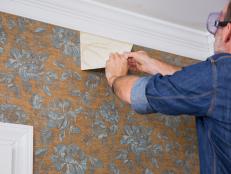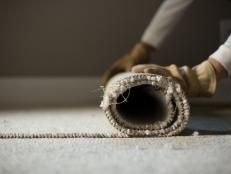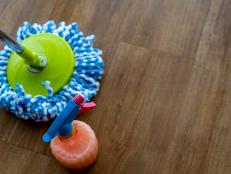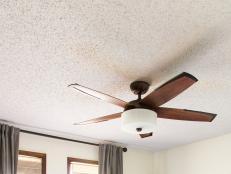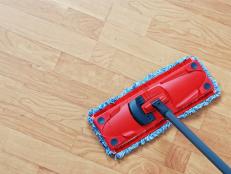How to Remove a Tile Floor
Follow these step-by-step instructions to remove an old bathroom tile floor.

Removing floor tile can be a difficult and time-consuming project and the challenges often remain hidden until the project is underway. Depending on the construction, the tile may be attached to bare cement, a plywood or mason board underlayment or even affixed to a previously installed floor. Whatever lies beneath, removing a tile floor takes time, effort and care to leave the surface ready to accept whatever comes next.
Tools
- hammer
- chisel
- pry bar
- scraper
- trash can
- broom or shop vac

Before
Step 1: Remove Fixtures
Empty the room and remove any fixtures that may impede the process of removing the tile. Turn off the water supply before removing a sink or toilet. If removing a toilet, drain the reservoir, remove the bolts and rock the fixture to break the wax seal.
Step 2: Locate or Create a Starting Point
If the tile has been installed around a vanity or other semi-permanent fixture, a bare edge will be exposed, providing a good starting point for removal. If the tile is wall to wall, it may be necessary to use a hammer and chisel to break out a tile to create a starting point for prying up tiles. Tiles may be attached using adhesives or mortar and may come up easily or require great effort, depending on how it was affixed and the type of underlayment used. A hammer and chisel, pry bar or pole scraper can be used to remove tiles.
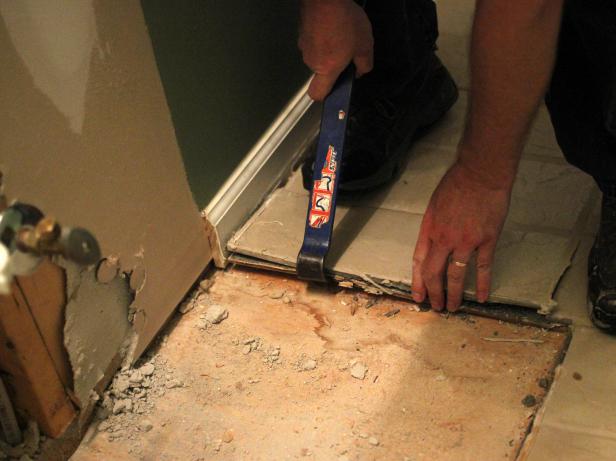
Step 3: Remove Tile
From the starting point, continue to pry up tile. Deposit tiles in a trashcan or large bucket as they are removed to minimize clutter. Remember that tile can be heavy and an overfilled waste receptacle will be difficult to haul away.
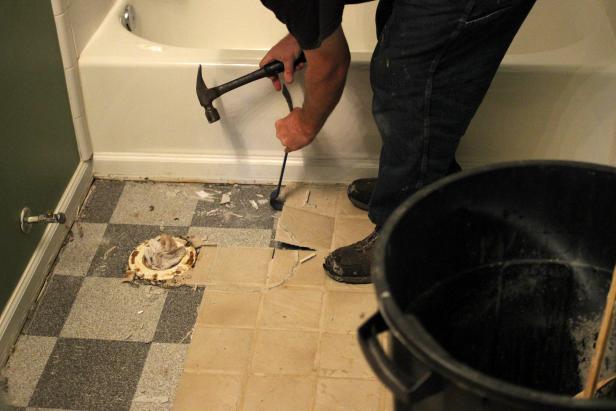
Step 4: Access Underlayment
In some cases, tiling may have been attached directly to a concrete floor or sub-floor, but a plywood or mortarboard underlayment is common. An inappropriate or damaged underlayment should be removed, but some may be left in place for re-use. Access the underlayment and remove it to expose the sub-floor, if necessary.

Step 5: Clear Debris
Use a broom or shop vac to clear all debris from the floor.

Step 6: Remove Exposed Nails
If an underlayment has been removed, it may be necessary to remove or pound in exposed nails to leave behind a flat surface.

Step 7: Inspect Floor
Once the old tile floor has been removed, inspect the subfloor for damage that may need to be repaired before a new floor is installed. Patch or replace any rotten wood or divots in concrete floors. The subfloor should be smooth and damage-free before a new floor is installed.

Installing a Tile Floor
Learn how to lay a stone or ceramic tile floor in a kitchen or bathroom.

.-Battle-on-the-Beach-courtesy-of-HGTV.-.jpg.rend.hgtvcom.196.196.suffix/1714761529029.jpeg)






